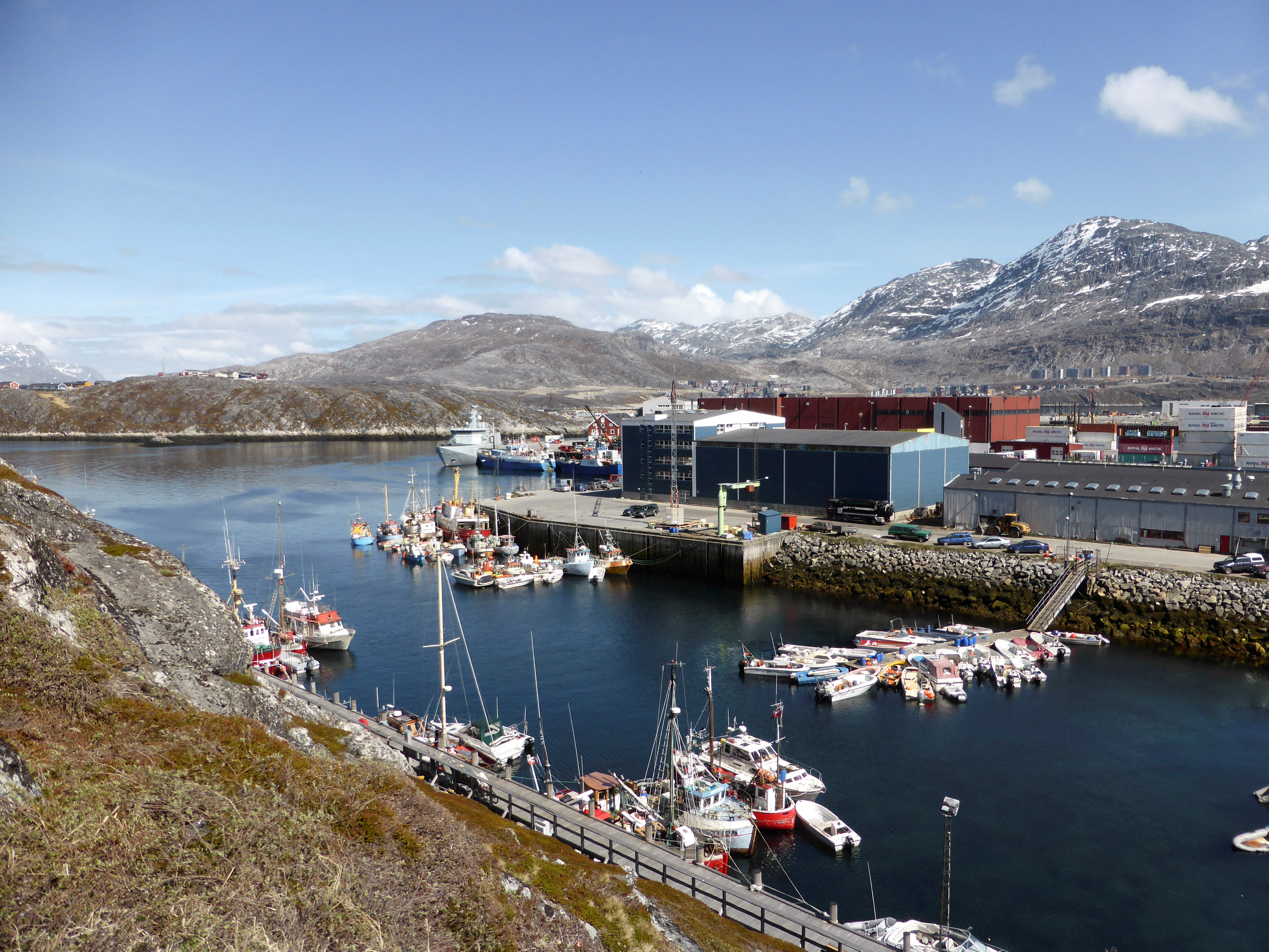A new Danish report has some recommendations for improving the Arctic’s investment climate
Companies and communities across the Arctic face extra challenges in attracting investment. A new report tries to catalogue some possible solutions.

A recent report by the Danish Ministry of Foreign Affairs recommends several measures to increase business growth and innovation in the Arctic.
The report, titled “Business Finance in the Arctic: Analysis of access to finance for SMEs and start-ups in the Arctic region,” provides a set of recommendations on how Arctic states and institutions can improve innovation, entrepreneurship and business financing in the Arctic, with a special focus on the situation for small and medium sized enterprises’ and start-ups’ access to finance.
“It has been our aim with the report to provide new ideas on how to promote innovation, entrepreneurship and financing in the Arctic,” Hanne Fugl Eskjær, the Arctic Ambassador of Denmark, tells High North News.
The report identifies lack of venture capital as a key challenge to the investment climate in the Arctic, and recommends, among other things, creating an Arctic investment platform and investment fund to further develop the Arctic Investment Protocol and to strengthen effort for young entrepreneurs.
Limited access to finance
The report finds that, although there are several national and regional/international funding and support programs for business in the Arctic regions, there is a need for attracting capital from investors (both national and foreign), and especially venture capital. This type of capital is needed by in the early expansion and scale-up phase of SMEs.
“Lack of venture capital impedes growth in all Arctic regions,” reads the report.
Overall, the access to finance is lower in the Arctic than many other areas, because there is limited competition between banks and higher lending rates than elsewhere. This is particularly the case in rural areas, where mortgage lending is not common due to low real estate prices.
A pan-Arctic investment fund
In order to solve these challenges, the report suggests several concrete measures to attract external investments to the region, as well as to foster a better investment climate.
One of the measures considered is to establish an Arctic Investment Fund that could provide capital to whole or substantial parts of the Arctic. According to the report, there is support for a fund that could provide capital to the region, but no clear agreement on how this fund should be structured and organized and who should be responsible for it.
The report therefore suggests for the Arctic states to discuss the Arctic Investment Fund further, but also to consider whether a completely new institution is necessary or if strengthening public venture funds that are already in place is a better solution.
Ensuring sustainable development
Another measure discussed in the report is to further develop the Arctic Investment Protocol. The AIP was developed by the World Economic Forum’s Global Agenda Council on the Arctic in 2015 and has later been transferred to the Arctic Economic Council. The protocol includes standards and practices for ensuring investments that are sustainable and that protects the Arctic environment and the people living there.
Although the Arctic Economic Council has incorporated this protocol, the report finds that few stakeholders in the Arctic are actually familiar with it. Consequently, there is a need to both strengthen the awareness of the protocol and to make it more concrete and operational.
Outmigration and an aging population is a problem seen in the entire Arctic region. The report therefore recommends to increase the promotion of youth entrepreneurship and to create attractive living conditions for young people. More specifically, the report recommends developing a network for business support organisation to bring together young entrepreneurs from across the Arctic and to provide more training.
Existing Arctic institutions as facilitators
The report does however not provide any suggestions on who should be responsible for implementing these recommendations. Hanne Fugl Eskjær underlines that the goal of the report is to provide new ideas for discussion among the Arctic states. She also says that Denmark will follow up on some recommendations from the report:
“We will specifically follow up on the report’s recommendation on promoting youth entrepreneurship, where the Danish government in close cooperation with Greenland and the Faroe Islands will strengthen its efforts for young people in the Arctic, including an initiative to conduct an innovation competition that will bring together young entrepreneurs from across the Arctic region.”
Fugl Eskjær also adds that existing Arctic institutions and networks could act as facilitators and platforms to implement some of the measures to strengthen innovation and entrepreneurship in the region.
The report on business financing in the Arctic was mandated by the Danish Government’s Foreign and Security Policy Strategy 2017-2018 and fits well with both this and Denmark’s Arctic Strategy, says Fugl Eskjær. “Economic development for the Arctic peoples is a cornerstone in both strategies”, she adds.